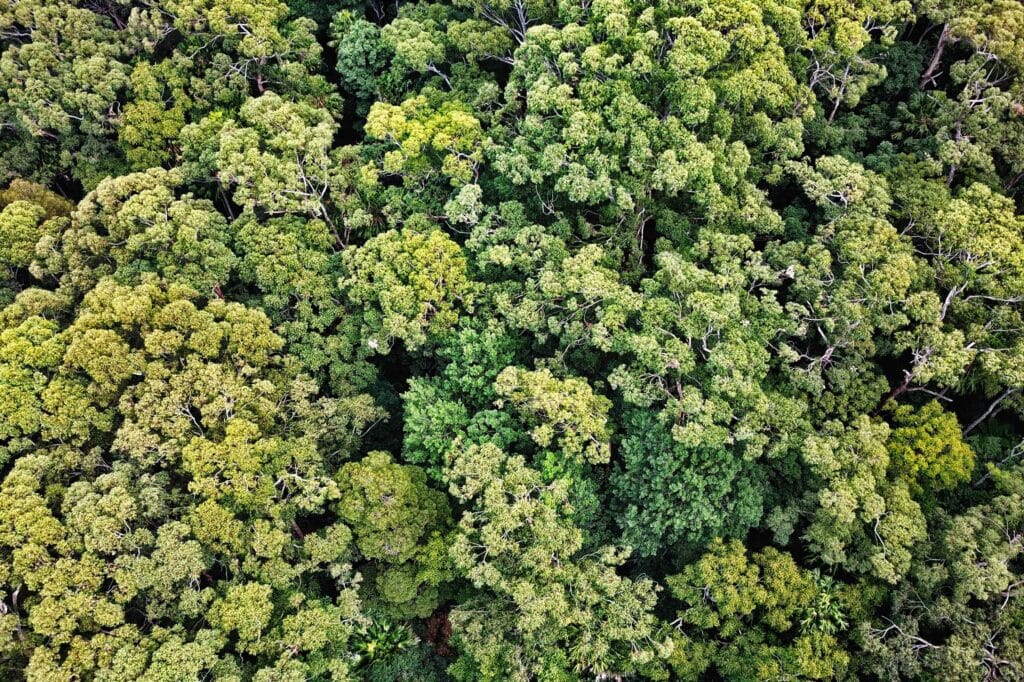A multi-million dollar opportunity from mine closures

Algae could be the next best solution to transforming post-mine landscapes, with a multi-million dollar opportunity supporting both the environment and economy.
Global algae markets, which were valued at $US1.9–5.3 billion in 2023, are on the rise with annual growth of around 5–6 per cent.
A report from the CSIRO, the University of Queensland and Murdoch University shows cultivating algal biomass in contaminated mine site water could be the key to improving mine closure outcomes.
The Cooperative Research Centre for Transformations in Mining Economies (CRC TiME) believes 240 Australian mines will close by 2040. With algae-based technologies, the environmental impact from mines could be significantly decreased while benefiting regional and Indigenous companies.
Algae cultivation has the backing of major miners Fortescue, Rio Tinto and South32, as well as the Minerals Research Institute of Western Australia (MRIWA) and CSIRO.
By cultivating algae, pollutants and carbon dioxide could be expelled, improving plant growth and suppressing dust in mine water.
With the various micro and macro algae, the right growth conditions and appropriate species could the allow algae to thrive during mine operations and after closure.
A groundbreaking report led by senior CSIRO principal research scientist Dr. Anna H. Kaksonen demonstrates how algal technologies could be imperative to the mining industry and environment.
“Algal technologies offer exciting opportunities for mine sites for mine water treatment, mine waste stabilisation, dust suppression and creating topsoil for improving plant growth during rehabilitation,” Kaksonen said.
The next step will see lab-scale tests carried out to determine the best algal technologies for the scaling up of the initiative.